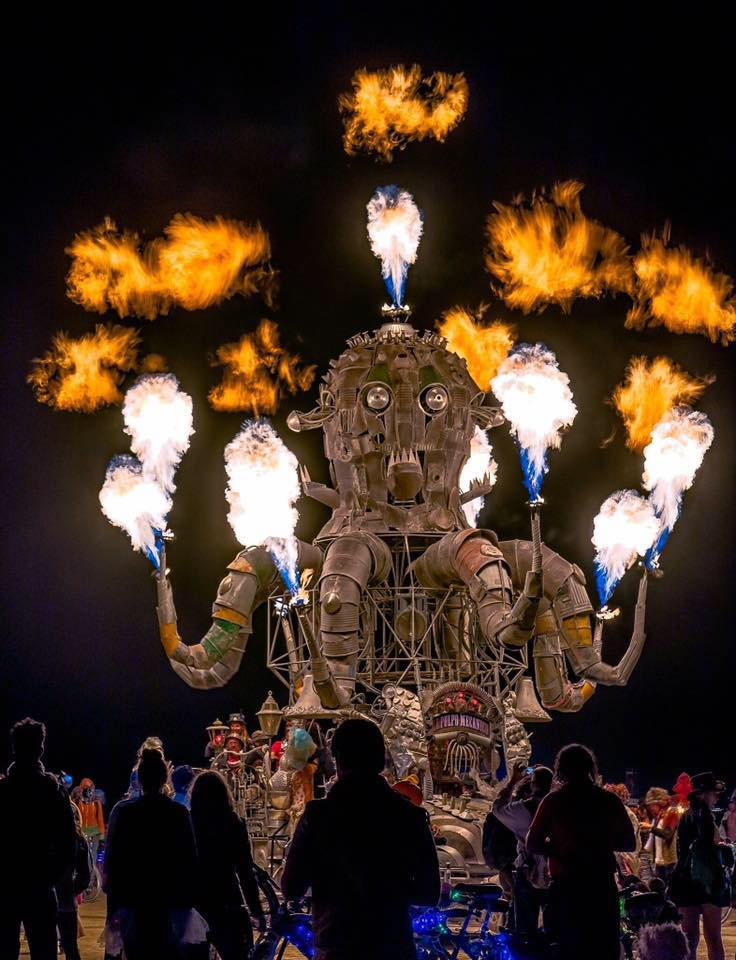Design, art, engineering: all iterative processes. This will be the third offering of the Aesthetics of Design course. The class is full, the students are eager, and I’m stoked to do this again: learning and presenting new content, expanding and honing what I already have, greeting students from previous courses and meeting new ones. Looking forward to unleashing and encouraging a wide spectrum of creativity. Setting the stage, so I can watch and play a bit.
Today I talked too much, about my hopes and plans for the class, but I did ask how everyone chose their breakfast today. 1/2 claimed mostly functional choices; what they had ready to eat, what fuel they needed for the day. The other half chose what tasted good, like leftover pizza. But it’s a spectrum, from a purely aesthetic choice on one end, to pure functionality on the other. This was also a good illustration of how projects for the class can fall anywhere on the spectrum.
We went over the Initial Assignments, and I added a couple on the spot:
- Table tent: create a table tent (8.5 X 11 inches, folded lengthwise) that displays your name to be read from across the room. Apply an aesthetic.
- Start a design notebook. Carry it with you always. Continually doodle in it, sketch details of design that catch your eye, practice shading and rendering etc.
- Read syllabus, either hardcopy or online (AesDes.org). Return signed hardcopy syllabus agreement in class Monday January 23.
- Complete the AesDes Perception Survey by midnight Monday January 23! You will receive an email invitation from Qualtrics with a link. Your responses will be kept anonymous from me until after the end of the semester. You may opt out of the survey without penalty, see the link at the bottom of the invitation.
- Complete the CATME Team Builder survey by midnight Monday January 23 . This survey is not optional. You will receive an email invitation for this too. Use your CU email address firstname.lastname@colorado.edu, and your CU login ID, usually something like name1234. Be sure to read the directions for indicating your schedule very carefully!
- Complete your login on the course website, AesDes.org, which will allow you to post to the blogs. That’s right, you’ll get an email invitation for this too. Do upload an image for your profile. Your first required blog post is described below. Please read my post on posting guidelines.
- Explore an aesthetic. We will go over the definition and examples in class, but keep this assignment in mind. For your first blog post, identify an aesthetic, include at least 6 images and/or videos illustrating it, and discuss the context a bit. When was it created? Who were the big players? What influenced it? What has it influenced since then? Be sure to find the original authors of your images and videos, and provide citations for all your information sources. This blog post will be due Jan 25. Be sure to categorize your post as ‘Aesthetic Explorations’.
- Upcycle. This will be your individual warm-up project. Create an artifact that conforms to an aesthetic, either the aesthetic you researched, or one that someone else in class posted about. Upcycle means that your artifact should be constructed of inexpensive or recycled material, something easy to manipulate using additive or subtractive techniques: cardboard, foam core, drywall, sticks, plastic forks or plates, soda cans/bottles, Legos, bubblewrap or packing peanuts, stir sticks, straw, hay, cloth, papier Mache, tires, DVDs, PVC, food, plastic bags etc. Try to avoid buying new materials. You’ll be asked to document your design and construction process, so keep track of where you find inspiration. In particular, if you use an existing design you must document the source, but hopefully you will use this opportunity to create something new. Your artifact should be of moderate size, something between 0.5 and 8 cubic feet; can be small but must be viewable without a microscope, or up to as large as a chair. Plan to bring it to class for a short in-class presentations during the week of Feb 13, and a formal report will be due as a blog post Weds Feb 15.
We also discussed the course goals and learning objectives from the syllabus, and some of the logistics and expectations: Syllabus2017.
When we were talking about the scale of the main project, that it could be Burning Man scale, one student asked whether the artwork stays there in the desert at BM. I’m not sure I answered clearly, but no, the artwork must be removed along with all other traces of Black Rock City. Some projects come back year after year, like my favorite: El Pulpo Mechanico. That gave me a chance to show some video of the fabulous artifact and describe it.


